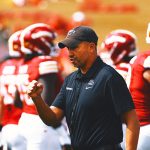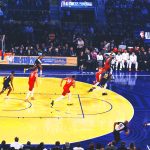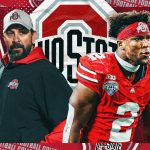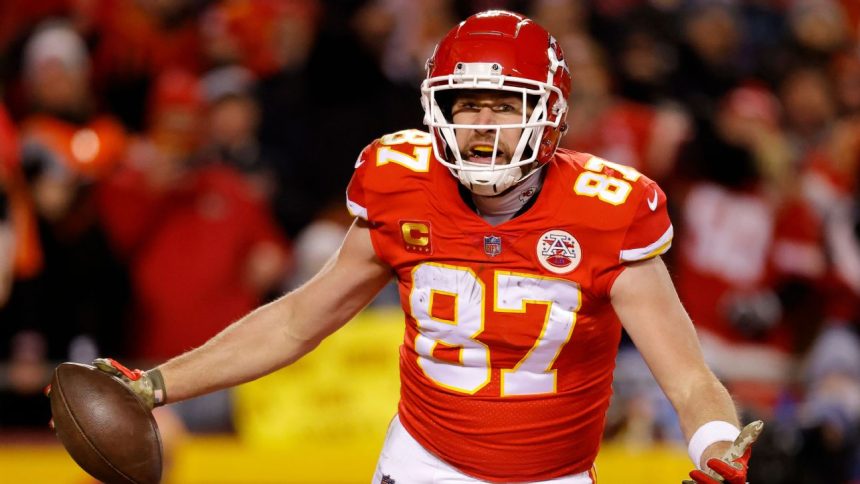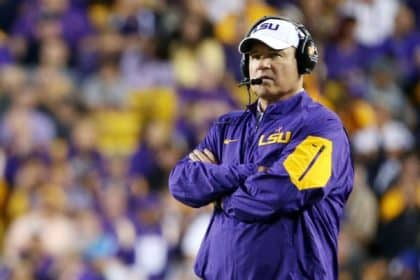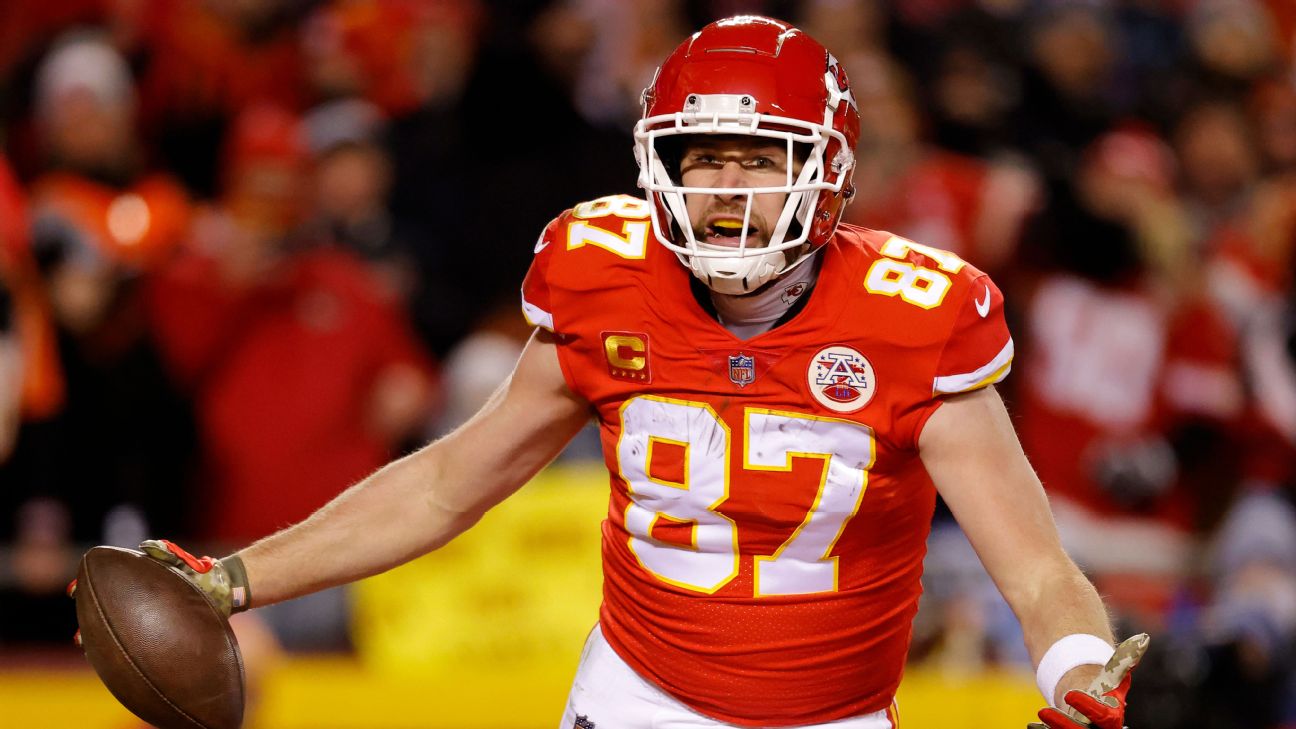
Fantasy football draft strategy and roster construction are always hot-button topics at this time of year.
There are conversations about how important it is to lock down one of the elite running backs early, why you should target a mobile quarterback as your starter, and even the best way to draft and stream D/STs.
And thanks to the recent dominance of Travis Kelce, who has led tight ends in fantasy scoring six of the past seven seasons (including outscoring the No. 2 tight end by 101 points in 2022), there is lots of chatter about when Kelce should be selected in this year’s fantasy drafts … as well as whether you should just play the waiting game if you decide not to spend a first-rounder on the Chiefs star.
That’s where our ESPN Fantasy staff comes in. We asked our analysts to give their pros and cons to drafting Kelce in Round 1, as well as simply spending an early pick on a tight end and which late-round bargains they will be seeking out in drafts this year.
As you’ll see below, they aren’t all on the same page, which is just one of the reasons fantasy football is so fun. There are many ways to build a successful team.
1. What are the pros and cons of drafting Travis Kelce in the first round?
Eric Karabell: Drafting Kelce means you have a TE as good as nearly every WR and you don’t even have to think about drafting another TE again. Then again, there might be strong TE values in Round 10, and because you have Kelce, you have no need to investigate. Works both ways.
Eric Moody: Kelce provides fantasy managers with a significant weekly advantage at a position where there are few difference-makers. The biggest con is selecting him in the first round means you’ll miss out on one of the top fantasy running backs such as Christian McCaffrey or Jonathan Taylor.
Liz Loza: The biggest “pro” Kelce offers is security at an intensely volatile position. … The most looming “con” managers face is the potential of Father Time finally catching up with the 33-year-old and subsequently missing out on rostering an elite WR like Tyreek Hill or a sought-after RB like Bijan Robinson (both of whom have average draft positions similar to that of Kelce).
Matt Bowen: He’s the No. 1 option for Patrick Mahomes, a volume target in one of the league’s most explosive offenses. … In his past three seasons, Kelce has seen at least 130 targets a year, with a total of 32 touchdown grabs during that stretch. Easy money here. However, if you do take the plunge on Kelce, you will miss out on a Tier 1 player at a premium position — running back or wide receiver — when you could just wait on the tight end position instead. You can still find value and production with a mid-tier TE1 such as a George Kittle or Dallas Goedert.
2. What are the pros and cons of drafting your TE before you’ve filled your flex spot?
Karabell: I guess I don’t look at it that way. It’s all part of one larger puzzle. Draft based on value over need, at least in the first 10 rounds, and more often than not you will see you still need a tight end after you have filled the flex spot. That goes for 10- and 12-team formats.
Bowen: Drafting a Tier 1 tight end early — Kelce, Mark Andrews, T.J. Hockenson — could put you in a position to avoid the recent volatility we’ve seen at the position. I’ve been there, too. It gets lonely on that waiver wire every week. But by doing so, you’re giving away an opportunity to land a pass-catching RB or a volume WR in PPR formats to fit in that flex spot. In 10-team leagues, let everyone else burn an early pick on a tight end, because that just frees up more valuable players to add to your squad. In deeper leagues, I will peek at the tight ends a little earlier, but I’m still eyeing that flex spot first. Yes, I could be jumping on the waiver wire by Week 3 to find a starting tight end, but I really don’t believe in drafting to fill your lineup. Target players, not positions. I am fine with streaming at tight end.
Loza: Selecting a TE in the first four or five rounds allows managers to secure the services of a top-tier player (Kelce, Andrews, Hockenson or Darren Waller), all of whom are projected to draw at least 100 targets. Waiting on the position, however, means investing in players who aren’t as prominently featured (from a pass-catching perspective) and, therefore, won’t garner as many receiving opportunities (for example, Kittle is the TE5 and projected to draw 85 looks, a substantial drop-off from Waller’s 100 expected targets). Employing this strategy means potentially missing out on players presenting with massive upside, including Jahmyr Gibbs and Chris Olave, both of whom are coming off boards in the fourth round of 12-team exercises.
3. If you do take a TE in the first five rounds, should that prevent you from also taking a QB in the first five rounds?
Moody: Not at all. By leveraging positional tiers, you can still build a balanced team by taking that approach. When the dust settles in the first five rounds of a 12-team league, you could have Tony Pollard, Amon-Ra St. Brown, Hockenson, Miles Sanders and Joe Burrow on your team. That’s a good start for any fantasy manager.
Bowen: Absolutely not. The top three QBs in points per game last season — Jalen Hurts, Josh Allen and Mahomes — were all drafted within the first six rounds. If you do draft a tight end early, don’t let that impact your philosophy on targeting mobile QBs in your league. And they go quicker than you think.
Loza: Justin Fields and Justin Herbert are popular fifth-round selections. Per ESPN ADP data, both QBs are being drafted after the top-four-ranked fantasy tight ends (Kelce, Andrews, Hockenson, Waller). Rostering a QB and a TE in the first five rounds is certainly doable, but it means gambling on the upside of another position (likely RB).
Karabell: Of course, but one should never take a QB in the first five rounds of a standard draft, and I tend to behave similarly at tight end. There just aren’t enough safe, reliable running backs and wide receivers around to avoid those positions in the first five rounds.
4. If you wait until the later rounds, which TEs are you targeting this year?
Bowen: In the three 10-team leagues I play in, where I sit and wait on the position, I’m already eyeing up Pat Freiermuth, Evan Engram and Cole Kmet. Seam-stretching ability here, with passing schemes that cater to their route traits. In 12-teamers, my target list is a little deeper and includes Tyler Higbee, Juwan Johnson, Greg Dulcich and Chigoziem Okonkwo. If they bust? On to the weekly streamers. It’s simply not a priority position for me in fantasy.
Loza: Dalton Schultz is a high-floor player being drafted in the double-digit rounds. A reliable chain-mover who has managed top-12 fantasy numbers in back-to-back campaigns, Schultz figures to draw five to six looks per game in Houston. He’s not a flashy pick, but he figures to be one of the more consistent producers at the position.
Moody: David Njoku, Johnson, Okonkwo, Higbee, Gerald Everett, Hayden Hurst and Dulcich … all have the potential to exceed their fantasy projections.
Karabell: Schultz, Njoku and Higbee in 10-team leagues. Okonkwo and Dulcich in 12-teamers.

